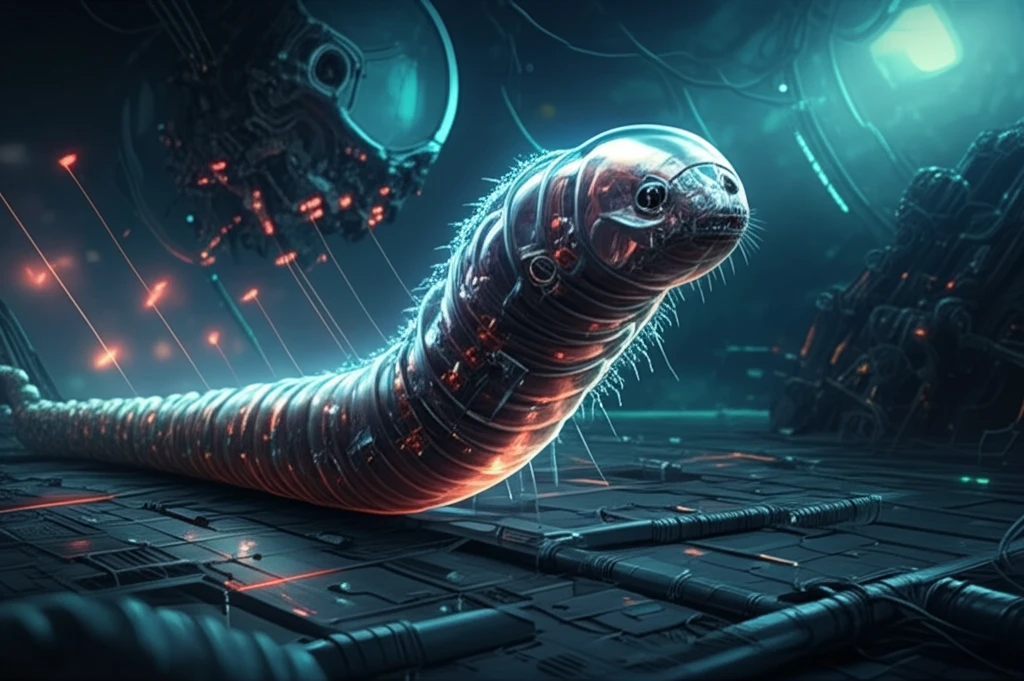
Earthworm-Inspired Robot: How Hydrogels Could Revolutionize Soft Robotics
"Scientists develop an innovative hydrogel actuator that mimics the earthworm's unique crawling motion, paving the way for adaptable and bio-compatible robots."
For years, scientists have looked to nature for inspiration in robotics. The earthworm, with its limbless, peristaltic motion, has proven a particularly intriguing model. Mimicking this unique form of movement could allow robots to navigate confined spaces and challenging terrains that are inaccessible to traditional machines.
Now, a team of researchers has developed a groundbreaking hydrogel actuator that achieves precisely that. This innovative material not only replicates the earthworm's crawling motion but also offers the potential for reversing direction, opening up exciting new possibilities for soft robotics.
This is not just another incremental step; it's a leap towards robots that are more adaptable, bio-compatible, and capable of performing complex tasks in diverse environments. The implications span from medical applications to environmental exploration.
The Science Behind the Crawl: Anisotropic Hydrogels

The key to this innovation lies in the creation of an anisotropic hydrogel. Unlike ordinary hydrogels, which expand uniformly, this material is designed to deform in a specific direction. This unique property is achieved through a clever combination of components:
- Thermoresponsive Polymer Network: This network, made of poly(N-isopropylacrylamide) (PNIPA), controls the electrical permittivity of the gel. It essentially acts as a switch, changing the gel's properties in response to temperature.
- Titanate Nanosheets (TiNSs): These two-dimensional electrolytes are cofacially oriented, meaning they align in parallel layers. This arrangement allows them to synchronously change their electrostatic repulsion, driving the anisotropic deformation.
- Directed Peristaltic Crawling: This is the key to the earthworm-like movement, enabling robots to navigate and explore environments in a manner reminiscent of these creatures.
The Future of Soft Robotics: Beyond the Earthworm
While this hydrogel actuator is inspired by the earthworm, its potential applications extend far beyond simple crawling. The ability to control deformation with light opens up possibilities for creating adaptable medical devices, miniature robots for environmental monitoring, and even interactive art installations.
